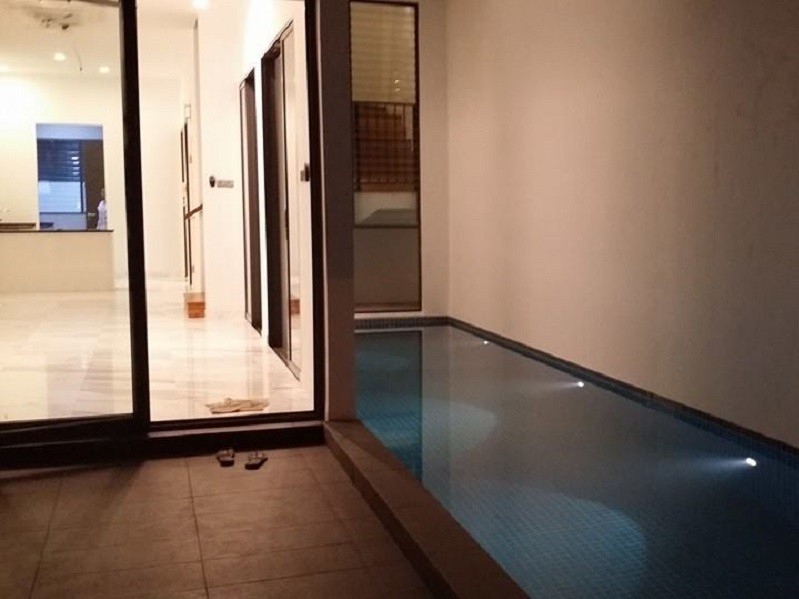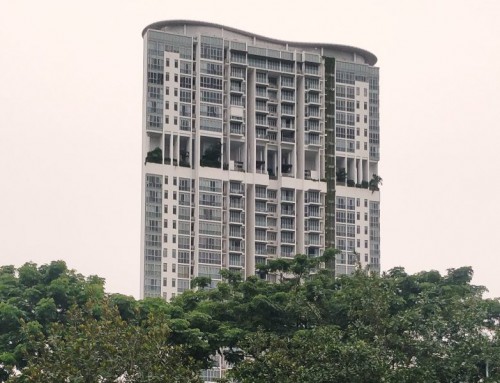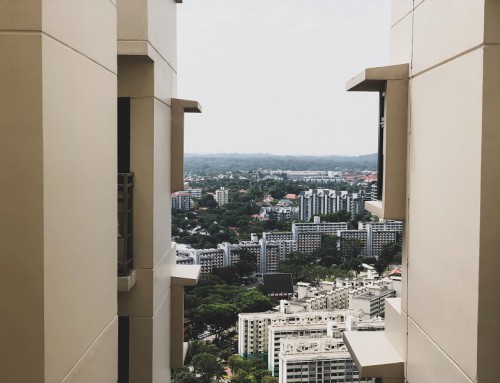As Singapore is a land-scarce city, a landed property is perhaps the most valuable property type a Singaporean could own. In fact, there are about 66,200 landed properties in Singapore in 2016. I have always found landed properties good value for money as compared to condominiums. In terms of dollar per livable built-up up area, landed properties are a lot cheaper. I was looking for a property in 2010 and I had a budget of approximately $1.6 to 1.8 million Singapore dollars. I gave myself three options. To either buy a 4-bedroom freehold condominium, a 3-bedroom and a 1-bedroom condominium or a landed property. After putting some thought into it, I realised that I would be paying approximately $1000 per square foot in built-up space for a condominium. This includes spaces like aircon ledges, voids and bay windows. This was when I decided to purchase a landed property. At that point in time, the property market sentiment was rather neutral. Property sales were decent and prices had yet to really spike. I was in property sales and even though I was busy, I was not overwhelmed with appointments. Since I had some spare time, I decided to dedicate some time to researching and looking for a property to purchase.
I wanted to purchase a landed property in the east as I have always wanted to live there. I also decided to purchase an inter terrace and rebuild it. However, after speaking to some friends in the construction industry, they told me that if I wanted to rebuild a property in the east, I may have to pay more for a stronger foundation as the soil in certain locations was a lot softer and in some cases possibly marine clay. This would add to my rebuilding cost. I narrowed my search down to 2 properties. A single storey inter terrace in Siglap and a single storey inter terrace in Tai Keng Gardens. In fact, I made these two choices without viewing a single landed property. I decided that I would not pay more than $1.5 million for an inter terrace and these two properties were the only ones that fit my criteria.
I wanted to know an estimate of the construction cost and I kept that knowledge about the cost of foundation in my mind when I made my decision. However, I really wanted to live in the east and I actually made an offer of $1.5 million for the property in Siglap. The owner rejected the offer after some deliberation. Out of curiosity, I went down the same row of terrace houses to speak to one of the neighbours who had recently rebuilt his inter terrace. He mentioned to me that the rebuilding cost him a rather significant sum of monies due to the fact that he needed to spend additional monies on the foundation. In my mind, I realised that I had averted a minor personal financial mismanagement by having my $1.5 million offer rejected. I did the same thing and asked the neighbours in Tai Seng about their rebuilding cost and all those who rebuilt their properties mentioned that they did not have to do any extensive piling as the soil in the area was rather firm. At that point in time, this property was on the market for $1.2 million. The owner had been trying to dispose of the property for over a month. In that time I had made an offer on the Siglap inter terrace, had my offer rejected and had time to speak to the neighbours. There were offers coming in for the inter terrace and they were in the region of about $1.1 million. I decided to make an offer of $1.15 million which would be the middle ground between the last offer and the owner’s asking price. The owner accepted the offer and the deal was concluded. I did not enter the property before I became the legal owner. I had purchased the property by looking at it on the outside and on Google Maps.
This was what I saw on the first day that I entered the property.

Next, I had to find someone to build my property. There were three options available. I will leave it as simple as I can even though there were other parties involved in the process. I could look for an architect to design the drawings, look for a builder and then source for all the items in the property (tiles, bathroom fittings, etc…) on my own. I could also look for an architect who would then tie up with builders that they are working closely with or I could look for a turnkey solution whereby I handed the rebuilding process to a company and I only had to liaise with that one company for everything. I chose the last option as I could foresee that I would not have the time to be really hands-on in the rebuilding process.
Also, there was some consideration as to whether to install a lift and a swimming pool. I decided against the lift as I felt that such technology would go obsolete as the property ages and anyway I catered for a room on the ground level. I decided to have an 11-meter lap pool on the ground level to differentiate the property from other inter terraces. I decided to do this because there was a good chance that I would sell the property within 5 to 10 years of living in it. 4 years down the road I still believe that my decision was the correct one. For those who are unfamiliar with maintaining a swimming pool, no you do not change the water all the time. Once the water goes into the pool it stays there unless it evaporates but then rain will fill it back up. I pay $150 a month to someone to maintain the pool. He comes in and cleans it once a month and ensures that the chlorine level is just about right. There is a water pump which turns on and off at predetermined times and so does the pool lights. My water pump runs daily from 10 am to 2 pm and my pool lights come on at 7 pm and turn off at 1030 pm
At this point in time, I received a quote for the rebuilding process. The quote was $830,000 and I could go to the bank to get a construction loan. A few things to take note when applying for a construction loan. Firstly, the interest is a lot higher. My construction loan was with UOB and I paid approximately 4.5% for the duration of the construction. This loan is a separate loan from the loan on the property. When your property is completed and receives the Temporary Occupation Permit (T.O.P.), you can convert this loan to a housing loan and enjoy much lower interest on the loan. For the same property, you will have two loan accounts. The bank will not merge the loan accounts into one. In future, when you purchase other properties, you will need to explain to the financial institution which you are borrowing from that these two loan accounts are for the same property when the financial institution asks you to furnish proof of your outstanding loans. Secondly, you should always ask for a higher quote from the builder if you do not want to come up with too much cash. There are many variables which may go into the rebuilding process of the property. The bank will lend you 80% of the construction contract if this is your first property. Thus if your initial construction contract is set at $800,000 but eventually it comes up to $900,000 because there were some changes along the way, that additional $100,000 is something that you have to fork out in cash. Thirdly, the downpayment of the construction loan is paid in cash. You cannot use your CPF monies to make up part of the downpayment for the construction. If you are short of cash, you should get a quote with contingencies built into it. Eventually, when the construction loan is converted into a housing loan, you can use your CPF monies to reduce your outstanding loan if you wish to.
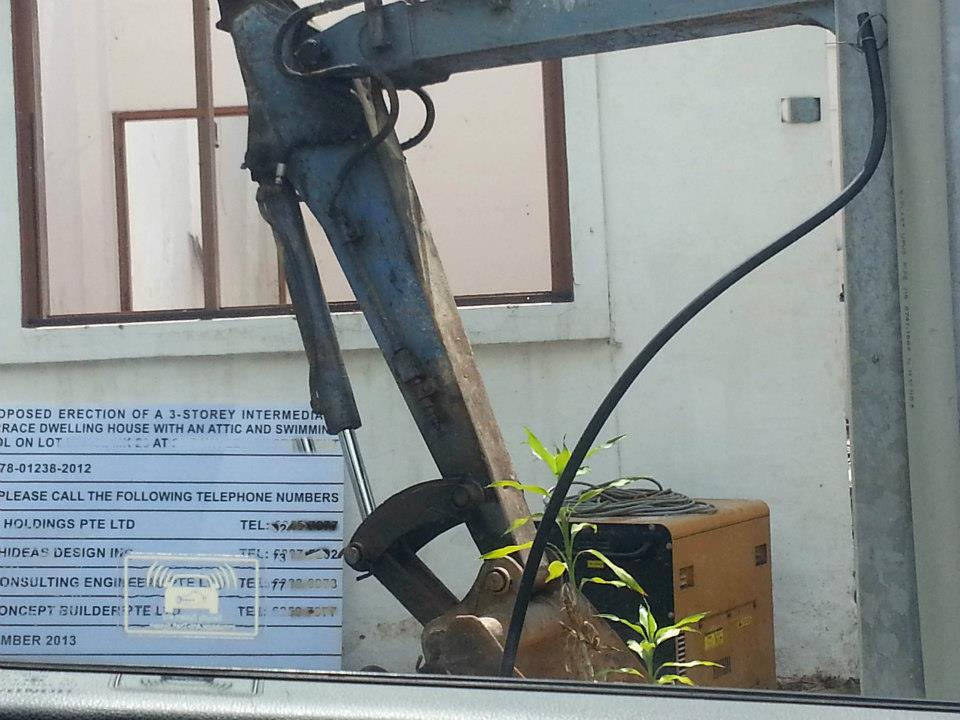
Demolishing the single storey inter terrace structure
Now it was time to demolish the property. During the demolition process, there was asbestos found on the property. This required special removal teams. This was not an additional cost to me but I found it an interesting development. Once the property was demolished, I had to apply to the Inland Revenue Authority of Singapore (IRAS) for Property Tax Remission for Rebuilding an Owner-Occupied House. This would allow me to enjoy owner-occupier tax rates on the property during the construction period. The tax savings was immense as without this remission application I would have to pay taxes on holding vacant land and that would be a lot higher than owner-occupier rates. To enjoy this rate I had to stay in the property for at least a year after the T.O.P.. This was fine as I was rebuilding this property with the intention to stay in it anyway. Please note that if you wish to apply for this remission you have to notify IRAS within 15 days from the date of demolition or removal of the building. You can find more information here.
I encountered a hiccup in the rebuilding process. The first builder went bust and another builder had to take over. This effectively delayed the construction process by 4 to 5 months. The fortunate thing was that because I chose a turnkey solution this issue has to be resolved by the main contractor. After the delay, another builder took over the construction of the property. I did not have much choice over the materials used for the property as it was part of the agreement. I was given choices for the tiles and accessories. Similar to how it would be if I had bought a condominium at a developer new launch. I was fine with this arrangement but on hindsight after living in the property for a couple of years, I do wish I had taken just a little more time in the selection of the materials. The designs came out fine. Just that the toilets look similar throughout the whole property.
It was quite fun seeing the rebuilding process. I went into the property while it was being rebuilt on a couple of occasions. I had to wear a helmet and some safety shoes.
Here are some pictures of the workers working on the foundation and on the swimming pool.
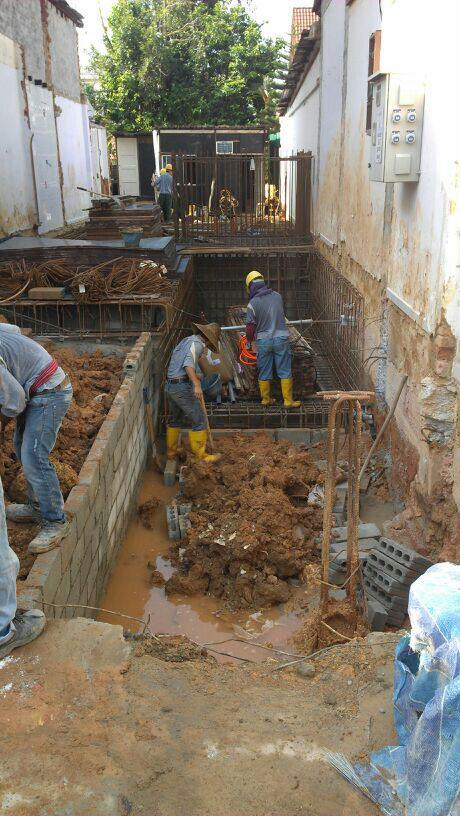
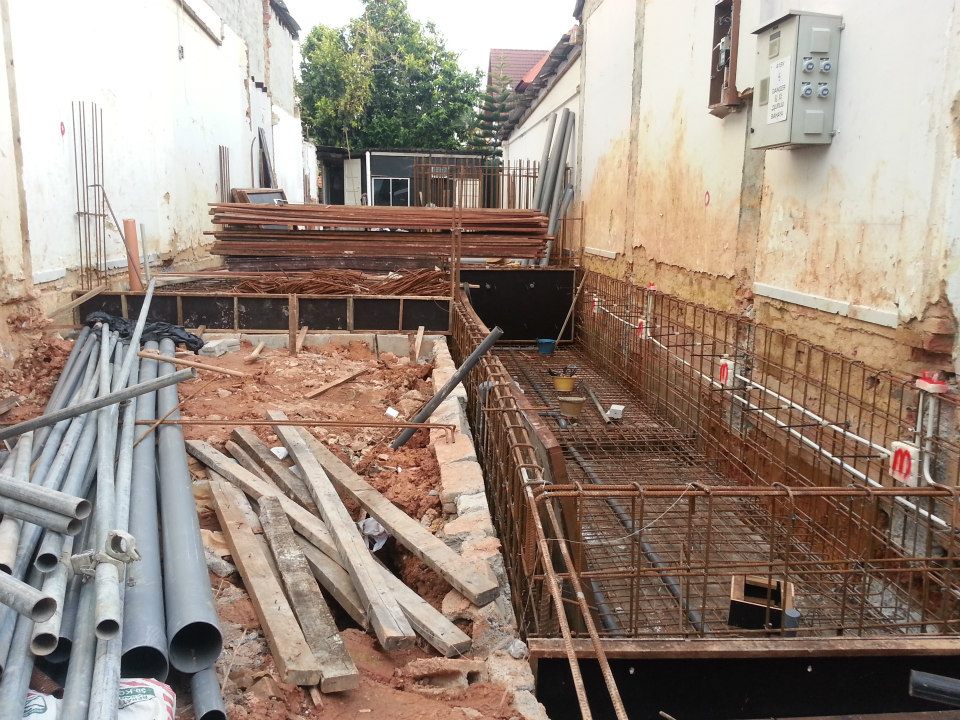
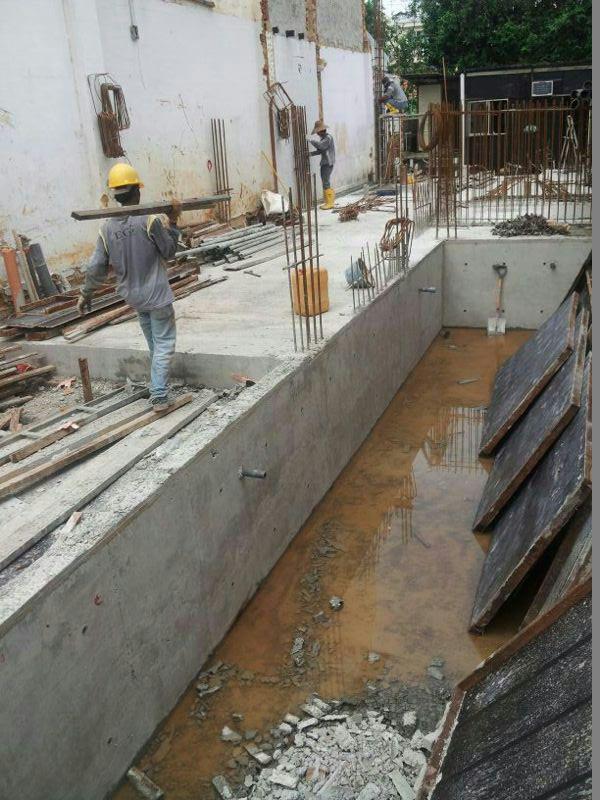
Here are the workers working on the second and third level.
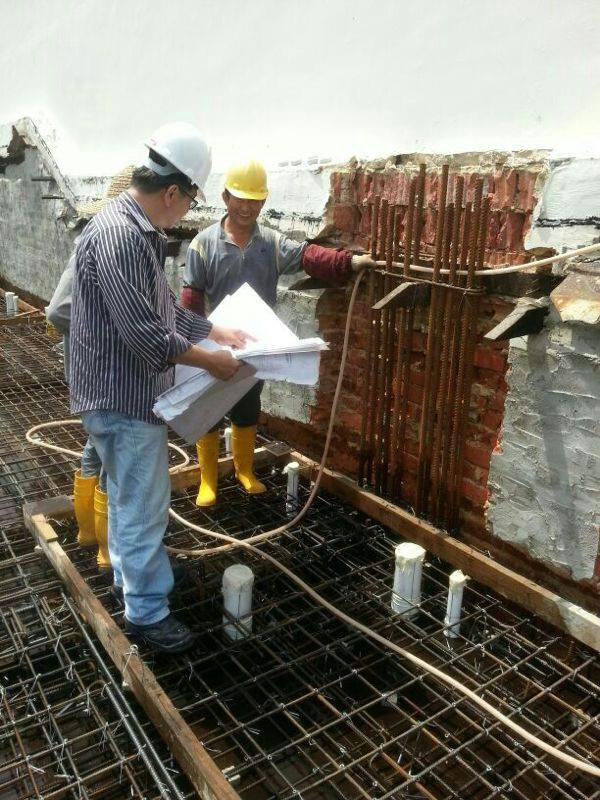
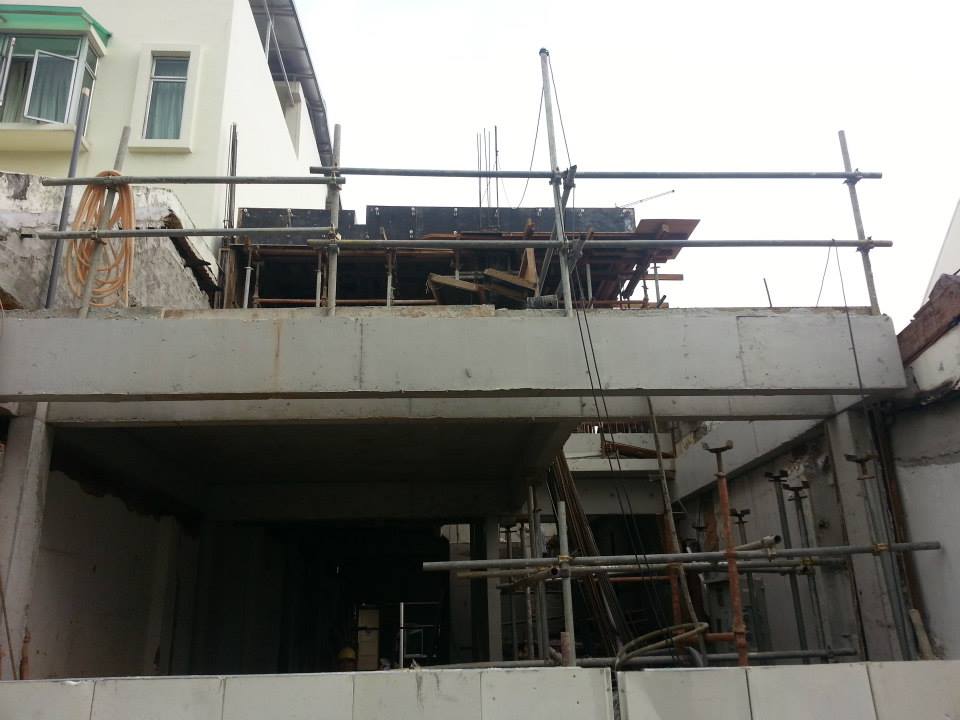


I realised that it is really difficult to construct next to a single storey property. The neighbour did sustain some damage to their house and my contractor had to make some repairs on their property. Eventually maintaining that wall next to a single storey property was going to be a little troublesome as well. I will elaborate on that a little later.
Here are the pictures of the attic during construction.

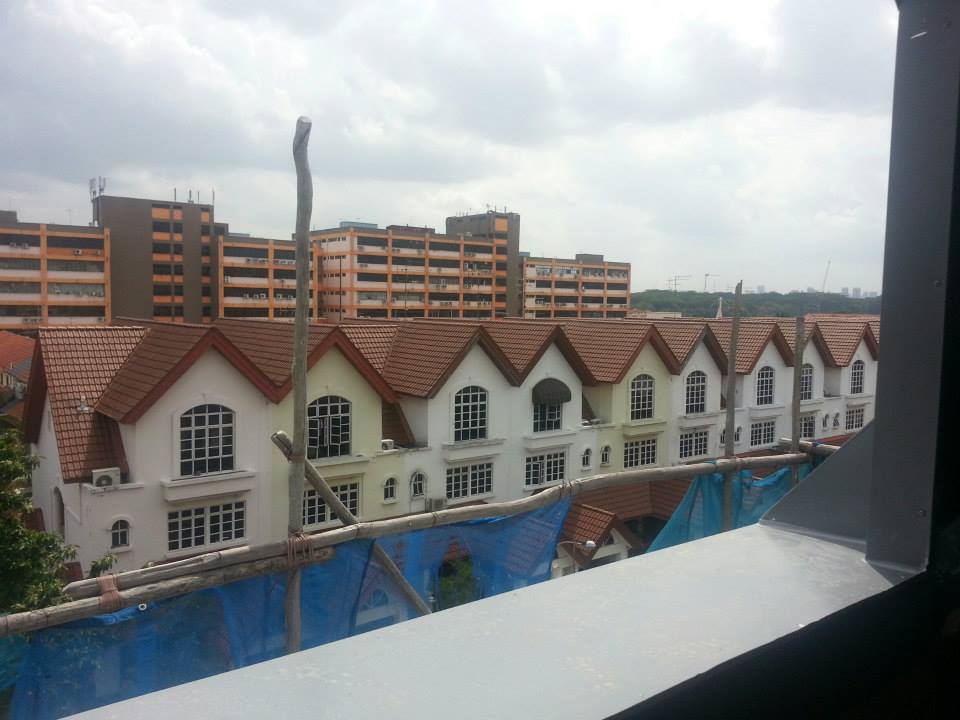
Once the structure is up, works like the piping, walls, wood flooring and tiles can be installed.
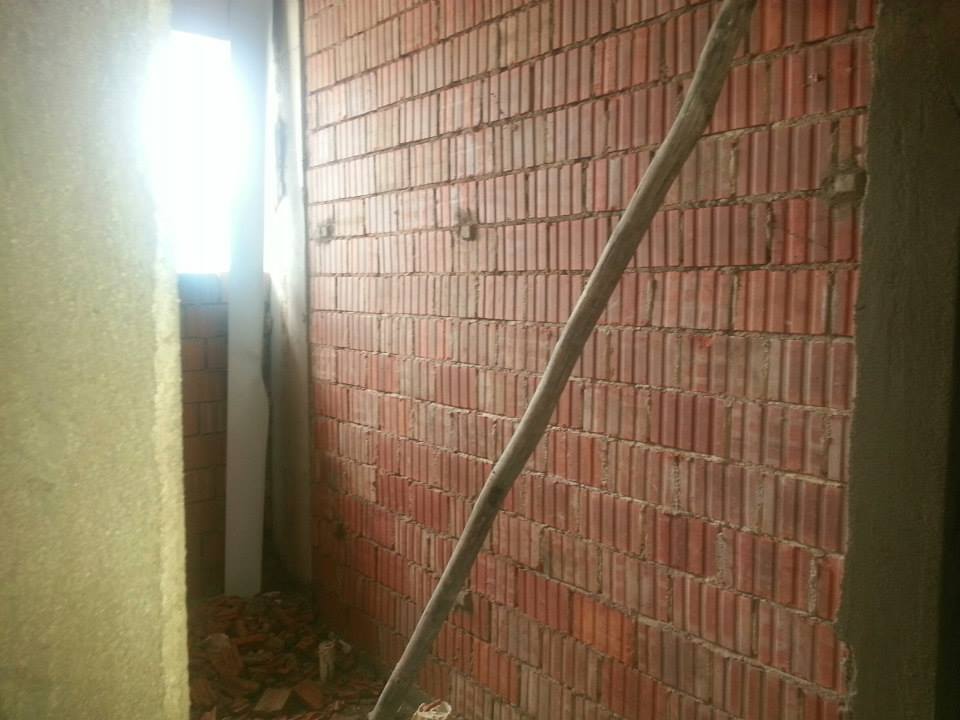

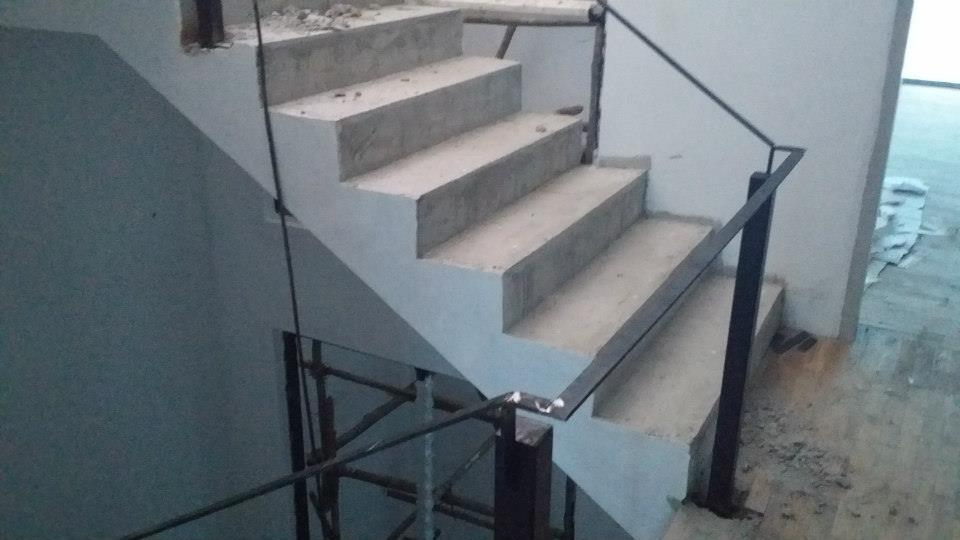

I found the brand name of the tiles really amusing.
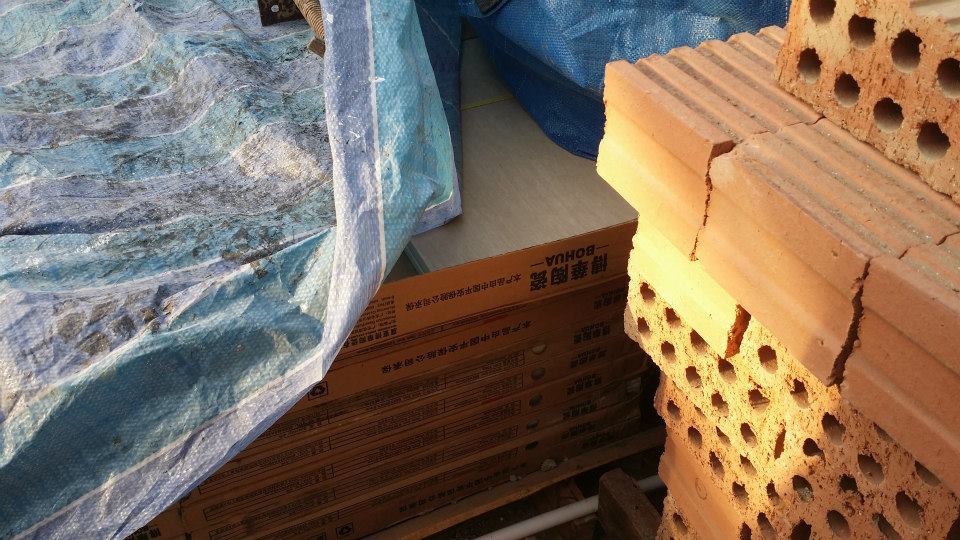

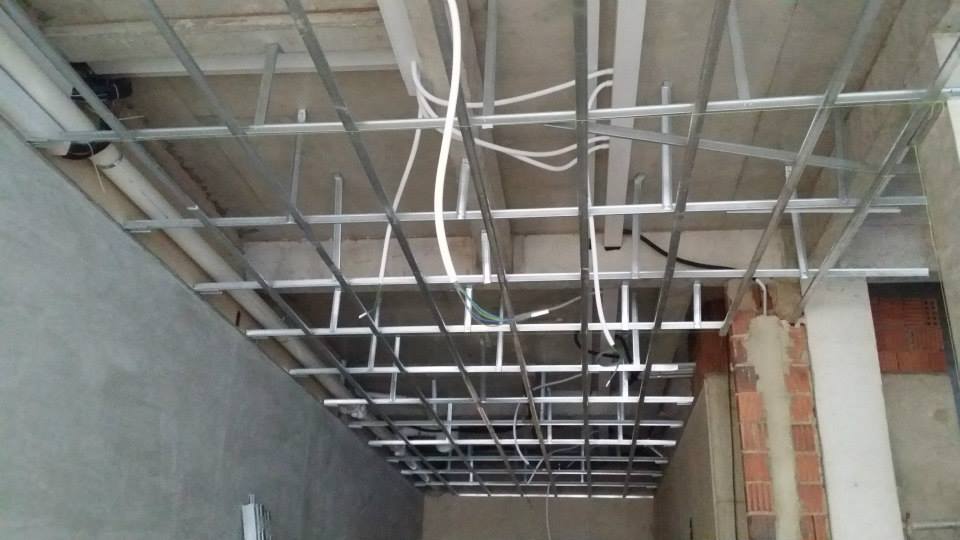
A point I learned was to have my lighting and ceiling fan layout planned beforehand. As most of the ceiling in a newly constructed landed property was partition board, you would require some form of support for ceiling fans. I should have told the electricians where to place the lighting points. Instead, they had to cut holes in the false ceiling to shift the powerpoints to where the fans were supposed to be.
The final product…
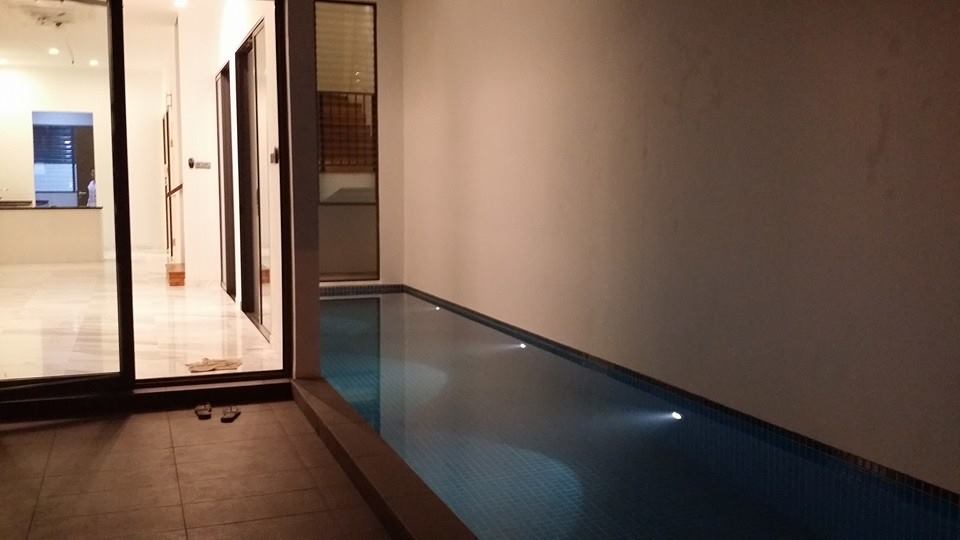
A 3-storey terrace with an attic. There is a granny room and a maids room on the first level, a master and two common rooms on the second, a junior master and two common rooms on the third and another room with an attached bath on the attic. To be honest the excess space was a little overwhelming.
As with any newly built property, there should be a defect liability or warranty period. It was clearly stated in my agreement that it was to be a year from the date of T.O.P.. There were quite a few defects. The usual suspects are things like ponding in the bathroom whereby the water does not flow into the drainage, water leakage and cracked tiles. The property received its T.O.P. in June 2013 and my family and I have been living in it ever since.
A few things I would point out to those that are looking to rebuild a landed property.
1) Look for someone you know to build your house. I have seen countless cases of construction firms going bust. That is an absolute nightmare. If you do not know anyone in construction, walk around the area and look for houses that have been rebuilt recently. You can ask for recommendations from the people who have rebuilt their houses in the area. There are not many really good builders out there. Most builders are just about decent enough to do the job. With experience, the good builders will be able to spot issues that may arise after a while and advise you against building the property in a certain manner.
2) If you want to truly customise your home, you will need a lot of time. Picking out tiles and accessories is a real chore. If you are doing it for a one or two bedroom apartment it is perhaps manageable. Trying to pick out items for a large home can be truly mind-boggling and time-consuming.
3) You have to maintain that huge wall on your side of the property if your next door neighbour is a single storey terrace. If you want to paint it or make repairs to the wall you will have to seek permission from your neighbour to erect a scaffold about their property. It is best to try to maintain a good relationship with your neighbour!
4) The property I bought had a lamp post which belonged to LTA right in front of it. I had to pay about $30,000 to shift it by about 3 meters.
5) You will need to upgrade the power coming into the property. A property with multiple levels needs more energy than a single storey house. This will cost some money as well.
6) Get a good electrician. They will be able to do a good lighting plan for you. My electrician was really good in a sense that he gave very good advice on where to install what type of lights. Most lights are LED lights and it can be difficult to calculate how many lumens are needed to brighten a room.
6) All flat surfaces have a high chance of letting water seep through after a while. Places like your air-con ledges and the area above the car porch are areas susceptible to water seepage during a large downpour. Get your builder to take extra precaution on these surfaces. In time to come, leaks will inevitably appear. They most probably stem from flat surfaces.
7) I believe that the cost to maintain a landed property is about the same as the cost of paying maintenance fees and sinking fund in a condominium. A 4 bedroom condominium’s maintenance fees would come up to perhaps $400 a month which works out to about $4000 to $5000 a year in maintenance costs. For 5 years that comes up to at least $20,000. You do not have to pay any maintenance fees in a landed property. You only need to pay the waste collection fee which pays for the service of getting your rubbish collected daily. Repairs and repainting of the property should be around the same cost as the condominium. If you just did a major renovation or rebuilt the property, then these maintenance costs should come much later.
These are the few things I would point out when you are looking for a landed property. This is regardless of whether you are going to rebuild it or not.
1) There should be ample curbside parking. It is a real chore to get your visitors to park very far away. I personally think that having no road markings to prevent curbside parking is important.
2) If you want a quiet property, look for one in a cul-de-sac. It is also easier to park your vehicle in your compound if you are not on a road whereby everyone passes by. That being said, because cul-de-sacs are quiet, there may be some security concerns.
3) Landed properties are extremely warm houses. If you are buying an inter terrace, do try to avoid one with direct west facing. The afternoon sun can make the property exceptionally hot.
4) Try to avoid one that faces the main road. The noise and dust are really disturbing.
Perhaps it was with good fortune that I carved a career selling properties and I had particularly vast experience transacting landed properties. This put me in a good position to make certain decisions when deciding on buying a landed property and rebuilding it. Even so, there were a few things which I would have done differently if I could do it again.
So is it worth the hassle? I would say for me it would be a resounding yes. I spent about $2.1 to $2.2 million buying the old property and rebuilding it. Since the property was financed, I only came up with about a quarter of the $2.2 million, which is about $500,000 to $600,000. I did a valuation which came up to $3 million. If I sold the property at valuation I would receive about $800,000 in profits.
Yours Sincerely,
Daryl Lum
